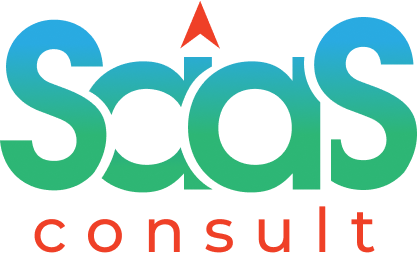What is a conversion funnel
A conversion funnel, also known as a sales funnel or marketing funnel, is a visual representation of the customer journey from initial awareness to the final conversion or purchase. It is a framework used by marketers to understand and optimize the various stages a customer goes through before taking a desired action.
The conversion funnel typically consists of several stages, each representing a step in the customer journey:
1. Awareness: This is the top of the funnel where potential customers become aware of a product, service, or brand. They may discover it through various channels such as social media, search engines, or advertising.
2. Interest: In this stage, potential customers show interest and engage further with the brand. They may visit the website, read content, sign up for a newsletter, or follow the brand on social media. The goal is to capture their attention and keep them engaged.
3. Consideration: At this stage, potential customers are evaluating the product or service. They may compare different options, read reviews, or seek additional information. The goal is to provide valuable content and build trust to persuade them to move forward.
4. Decision: In this stage, potential customers are ready to make a decision and convert. They may add items to the cart, request a quote, or initiate the purchase process. The goal is to make the conversion process as smooth and seamless as possible.
5. Action: This is the final stage of the funnel where the potential customer completes the desired action, such as making a purchase, signing up for a subscription, or submitting a form. The goal is to facilitate the conversion and provide a positive experience.
Throughout the funnel, marketers employ various strategies and tactics to guide potential customers smoothly through each stage. This may include content marketing, lead nurturing, personalized offers, retargeting, and customer support.
The conversion funnel is an essential tool for analyzing and optimizing marketing campaigns. By understanding the customer journey and identifying areas where potential customers drop off or lose interest, marketers can make data-driven decisions to improve conversions. They can refine messaging, optimize landing pages, streamline the checkout process, or address any barriers to conversion.
It’s important to note that the conversion funnel may vary depending on the nature of the business and the specific goals. Some funnels may have additional stages or different terminology. However, the underlying concept remains the same: guiding potential customers through a series of stages to ultimately convert them into loyal customers.

